一幅作品的形成是先于作品的诞生,这是基于作品诞生之前个人的体验程度,一切早已决定。画画的人难免带着些习惯去认真进行绘画体验,过程中时不时精神上会感到不同的“为难”,例如:画面中剃除了很多精神上的普通期望带来的不适,就好比“想吃糖”这件简单的事,忽然不吃糖,就为少了临时的快感滋味为难。那进一步的“回甘”呢?那再进一步泉水带来的清甜呢?更是生命本身对于水的反应。这个递进关系也是对“为难”往它内部摸索的剥离。仔细品“为难本身”会从绘画的基本愿望开始,拿起笔的愿望,一些早年大家常提的问题,也随着时间和生活自然出现相应的答案,再不是那么激动肯定,但是更坚决。画必定是有侧重偏好,近年来我的绘画在不断的停顿和接续过程中囤积了些反复矫正后的形状,并不是寄希望会得到新的东西,首先确定的是未来不可知,那么现有的和将要消失的很让人珍视,自小介入绘画的时刻所能接续的精神是有持续的,我所相识的师长无一人对绘画散漫,都是如此郑重。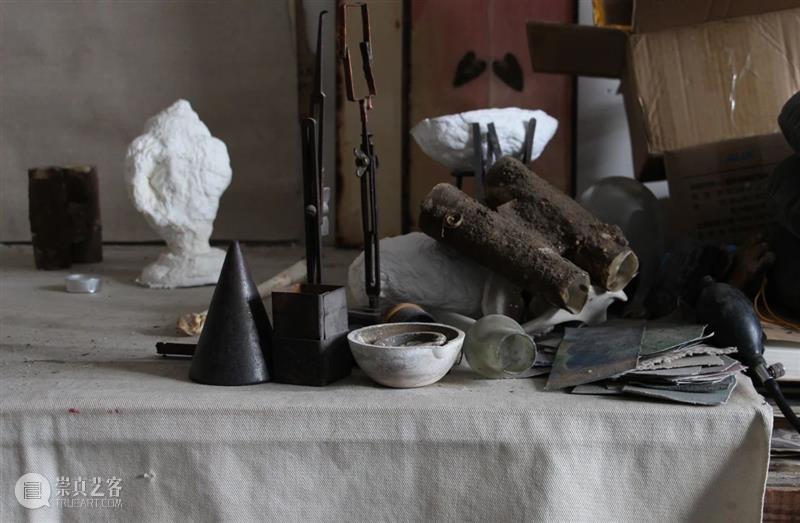
画的开始无论如何总还是会有一个念头或计划的,一旦开始“念头”会退到画画和观察之后,因为它没有“观察和等待”,直接有效更靠近“我们常说又说不清的绘画里的准确”。我对绘画也是有一个期待,我觉得他的面貌并不是那种出奇的特别,而是拥有宁静的智慧。如同醒神后的空,一切就在那,不见过去不见未来的“在那里”。画面中的世界,已是存在的精神需求。画画的人都是比较较真于自己的绘画经验的,而侧重点略不同。但我是运气好的,手工工作等杂事在不断的使我暂停下来,停顿和接续过程在往复着,此刻站在几天后干燥的颜料层面前,此刻接受上一次的起伏突兀的笔触,此刻接受痕迹带来的对下一次修改的抑制感,此刻是相较过去而言的未来,观察变得重叠。更容比对进行下去。最有效的还是回溯充斥在过程中的那些体验,而不是完成原有的计划。有时遇到画面“快感”的出现大概率是要警惕的,画画时很难遇到“快感”和“真确定”同时到来,一般“快感”带来的是画面快速的进入结束状态,而不是真正想停下的那一刻。就物体的形状而言,笔触参与其中变化非常有趣,笔触落在画布是对形体上的最真切观察的开始,当你画物体A时画中颜料一层覆盖一层,肥的瘦的画错的,可能已经悄悄地形成物体B和物体D的确切外轮廓。这些关系的转化所形成的世界是如此的让人期待陷入当中,反复观察体验浓缩于过程中,绘画过程确实更像生命运行的描述。运气,计算,考量,反复,不由自主的回溯等等。
因为做手工工作的原因,我的视觉习惯和早年有些差别,日常中使用体式放大镜观察与肉眼观察不断的交替切换,这些形状繁多的世界我无法随便再说看明白和画的清清楚楚,对于普通意义上的细节也只能说他在画面中出现是一种概述状态。
我们每一次重新观察自己画出的形状时,很难确定已经肯定过的形体在里面是恒久的正确。心念转动就会再次出现新的观察校正。这种具有内部联系,又有无限变化的状态可能就是一切的答案,更靠近古今人们被艺术所吸引的朴实答案。
“动笔之后”把原本的计划退在观察之后,要让观察矫正自成其事,它会超越“计划”这种行为本身带来的不自然,更加的靠近现下用笔推敲带来的准确关系。有些好的作品更是完全偏离原始的计划,它自己有着明确地提示如何完成。分离开不等于它的力量会削弱,反而各自做好各自的事情是特别的重要。
我会画多张貌似重复的作品,那里面都是在绘画角度来说产生的一些”为难与可能“。留住这份“为难”于下一张作品中再次去完成对它的体验,下一张同样的“为难”出现是体验上一次判断的好机会。习惯用“等待”去解开画画本身关于完成层面的问题。它带来的“了然此刻”的感受,这都需要多张作品去细品。接着未来还会有下一刻的反复体验观察。这会让人真的自在松弛。
黄亮,《泥土纸制望远镜形状物,并列前后,绿色书封皮》,52 x 46.5 cm,布面油画,2023年
在入画物体的选择上出现:“涂石膏面包块,方轮廓油灯外罩,木框架镜,镜像方轮廓油灯外罩局部及石膏模型局部,软粘土制头盖形物体,泥土纸制望远镜形状物,泥沙河蚌,同比例石膏头骨模型,签筒,螺的白粘土雕塑等”这些都是我需要的形状来源。也源于我们熟知又不了解的“形状”,画不可能是客观存在般的存在。我们的计划,技术,经验等等都早已在最初就裹挟在降生的世界里,但我们有强烈的清醒愿望,这很有趣且矛盾。“自身”是最脱离观察的掩体,身体器官大都对外感知和观察,作为灯下黑的掩体里略有变化我们都会慌张无比。画画也是如此一般,画想勾连外部什么样的信息和意图是明显的可选可回避的,画想勾连自身内部就容易不知所措,难度陡升。“向内”或“向外”都需要有个内心熬炼的过程,要锤炼。
“软粘土制头盖形物体,泥土纸制望远镜形状物,同比例石膏头骨模型”,轻质地的材料带来体验的珍重,有些共同的体验是莫名的共识,对此刻拥有的郑重。
“涂石膏面包块,泥沙河蚌”静物,它形态和质感如同粘在皮肤上的湿泥,又被皮肤的温度把水分蒸干后显现本色的明了,也如不知何时就在泥土中的蚌壳,它也非它原本的存在状态,但更肯定的在那里。如开花的馒头,切片的面包,形态与人一直是那么紧密。
在方轮廓油灯外罩形状的选择上有别于普通油灯的圆滑轮廓线,它方的很有一种纪念碑式的亘古感,人们为获取“光”而产生的尘垢也随之堆叠而来。如筛网般滤下那流闪在意识中的散碎。
黄亮,《烛台,螺的白粘土雕塑,改色书册封皮》,53 x 36 cm,布面油画,2022年
在我的习惯中“形对了”画是可以立刻做为完成看待的。
绘画过程中颜料对画布的浸染,还有吸油干燥过程中,颜料对画布的收紧让画布变得起伏,这些的到来都是我很感谢的。它的出现也在帮助看作品的人的感官,进入到那个油料自然干燥的过程中,去体验更确切的形成过程。无论绘画过程中我们油料是薄是厚是偏轻盈的还是偏厚重的,都应以“准确”收尾的,当然准确肯定不应是那么狭隘的范围。
多数时候画需要修改来恰当起来,慢慢堆积抓扯,很考验自己的判断,愿不愿意多等一等,间断性的打断和接续,形成当下的面貌。颜料的吸油如同湿泥脱水后赤裸状态,这个反复画反复干燥收紧画布的过程在长时间的静置等待后再次微微凹凸,画可以自然而然的进入了一种真正的固定下来的精神松弛的状态,去除了原有的画布的应力,剥离一部分我对它的期待所造成的约束。如同种子破口的那一刻,这一切会选择对的状态自然出现。相信这些举例是有过类似生命体验的观者能感受到的这画该有的状态。
安静的放置好形状。一切都会自己呈现出来坚定和肯定的状态,画也有了面貌。西晒日,空气里闪烁光斑的灰尘,如同往事和未来共同投入到颜料缝隙中。黏住的刹那,斑驳的流动也转还给了静置在画布上的“形状”。我希望我的画不是在寻找和扩展常说的意义,是基本精神需求,“基本精神需求”是拥有宁静的智慧。如同醒神后的空,一切就在那,不见过去不见未来的“在那里”的状态本身。
黄亮
于沈阳浑南
2024.3.2
The formation of a piece of artwork precedes its birth, rooted in the individual's level of experiential depth prior to its creation, everything is already predetermined.Those who paint inevitably bring with them certain habits when engaging in the serious experience of painting. Throughout the process, there are occasional mental "difficulties". For instance, removing many of the ordinary expectations that come with a piece of art can be discomforting, akin to the simple act of "wanting to eat sweets" – suddenly not indulging in sweets creates a temporary sense of discomfort. But what about the subsequent "sweetness"? What about the refreshing taste brought by a spring? This progressive relationship also involves delving into the inner layers of "difficulty". Careful examination of "difficulty itself" begins with the basic desire for painting, the desire to pick up the brush. Questions that were frequently raised in the early years also naturally find corresponding answers over time and life, albeit with less excitement and certainty, but more determination.Painting is inevitably biased and preferential. In recent years, my painting has accumulated some shapes refined through repeated corrections during periods of interruption and continuation. The hope is not to obtain something new, but rather to recognize the inherent uncertainty of the future. Thus, what exists now and what is about to disappear are both cherished. The spirit that I have been able to sustain since my early involvement in painting persists. None of the mentors I have known in painting have been careless; they have all been so solemn.The beginning of a painting always starts with a thought or plan. Once the "thought" begins, it recedes into the act of painting and observation, because it lacks "observation and waiting," which brings it closer to the "accuracy in painting that we often talk about but cannot clearly articulate."I also have an expectation for painting. I believe its essence lies not in extraordinary uniqueness, but in possessing a tranquil wisdom. Like the empty space after awakening, everything is there, neither past nor future, just "there." The world in the painting fulfills a spiritual need that already exists.Painters are generally meticulous about their painting experiences, each with slightly different emphases. Personally, I've been fortunate. Miscellaneous manual tasks constantly interrupt me, causing periods of interruption and continuation to oscillate back and forth. Standing before layers of dry paint in a few days, I accept the abrupt brushstrokes from the previous session, feeling restrained by the marks and anticipating the overlapping observations of the future. It becomes easier to compare and contrast. The most effective approach is to revisit the experiences embedded in the process rather than sticking to the original plan.
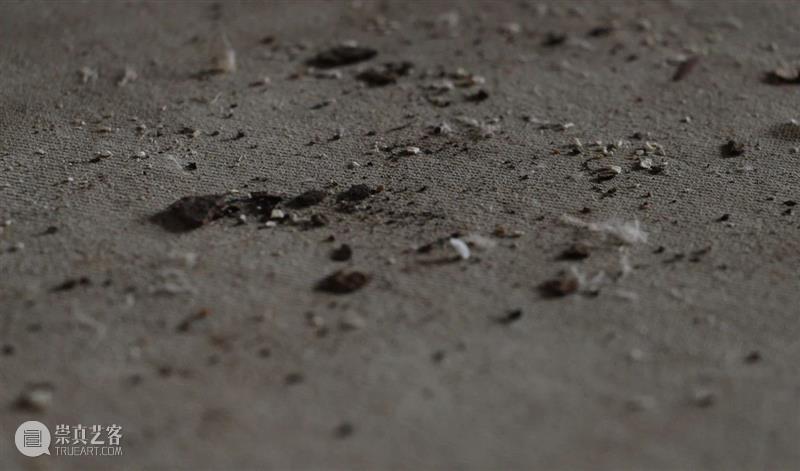
Encountering the "pleasure" of the painting is often something to be wary of. It's rare to experience both "pleasure" and "true certainty" simultaneously while painting. Generally, the "pleasure" leads to a rapid conclusion of the painting, rather than the moment one truly wishes to stop.In terms of the shapes of objects, the variation in brushstrokes is fascinating. The brushstrokes on the canvas mark the beginning of the most genuine observation of form. When painting object A, layers of pigment cover one another, fat strokes, thin strokes, mistakes made – inadvertently forming the precise outlines of objects B and D. The world formed by these transformations is so inviting, drawing one into it eagerly. The condensed experiences of repeated observation are embedded in the process, making the process of painting more akin to the description of the operation of life itself – luck, calculation, consideration, repetition, involuntary retrospection, and so on.Due to my manual work, my visual habits have evolved differently from my early years. I constantly switch between using a posture magnifying glass for observation and observing with the naked eye. In this diverse world of shapes, I cannot easily comprehend and clearly depict what I see. Even the ordinary details in the painting only appear as a general overview.Each time we reexamine the shapes we have painted, it's difficult to determine if the forms we have previously affirmed are permanently correct. As thoughts evolve, new observations and corrections emerge. This state, with its internal connections and infinite variations, may hold the answers to everything, drawing closer to the simple answers that have attracted people to art throughout history.After "putting brush to paper", the original plan recedes behind observation. Letting observation correct itself goes beyond the unnaturalness brought about by the act of planning, moving closer to the accurate relationships brought about by the pen's deliberation. Some excellent works completely deviate from the original plan, providing clear guidance on how to complete themselves. Separation does not weaken their power; instead, each aspect excels in its own right, which is especially important.I often create multiple seemingly repetitive works, each presenting its own set of challenges and possibilities from the perspective of painting. Retaining these challenges and completing the experience in the next work offers an excellent opportunity to reassess the judgments made in the previous one. I'm accustomed to using "waiting" to unravel the issues surrounding the completion of the painting itself. The feeling of "clarity in the moment" it brings requires multiple works to fully appreciate. And then, there will be the repetition of experiences and observations in the future. This truly brings relaxation and ease.
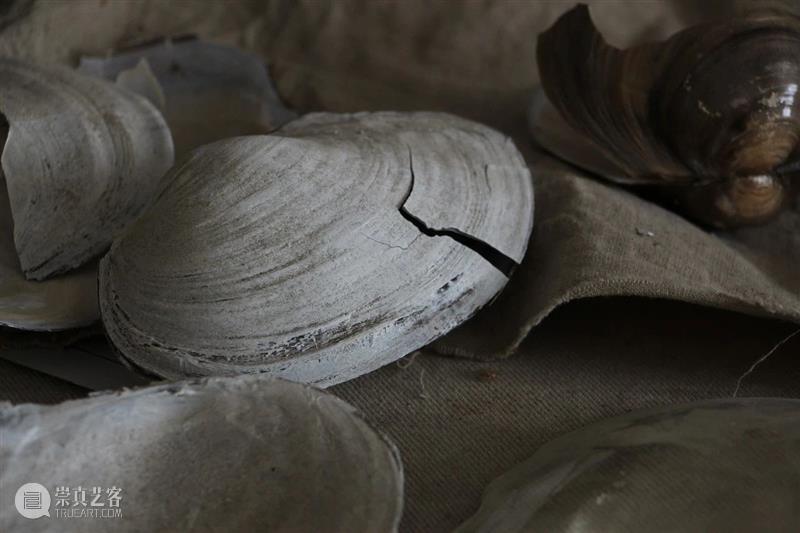
In selecting objects for inclusion in my paintings, I encounter a variety of shapes, such as "plastered bread chunks, square contour oil lamp shades, wooden frame mirrors, partial reflections of square contour oil lamp shades and plaster model parts, soft clay skull caps, paper telescope-shaped objects, mud and sand river clams, proportionate plaster skull models, sign tubes, and white clay sculptures of snails". These shapes serve as sources of inspiration, derived from the familiar yet unfamiliar "forms" we encounter. Painting cannot exist objectively like a physical entity. Our plans, techniques, experiences, and more are already entwined within the world at its inception. Yet, we harbor a strong and contradictory desire for clarity, which is intriguing. The "self" serves as the most sheltered entity from observation. Most of our bodily organs are designed for external perception and observation. Even slight changes within this hidden environment can cause great unease. Similarly, in painting, while it's evident what external information and intentions we want to convey, connecting with our internal selves can be disorienting, leading to a steep rise in difficulty. Both inward and outward journeys require an inner refining process, demanding perseverance.Objects like "soft clay skull caps, paper telescope-shaped objects, proportionate plaster skull models" offer experiences of preciousness due to their lightweight materials. Some shared experiences are inexplicable yet collectively acknowledged, adding gravity to the present moment.The "plastered bread chunks" and "mud and sand river clams" are still lifes, their forms and textures resembling wet mud sticking to the skin, yet becoming clear and distinct as the moisture evaporates under the skin's warmth, much like a clamshell buried in the mud, its existence altered but more certain in its presence. Like blooming steamed buns or sliced bread, their forms remain intimately connected with humanity.The choice of a square contour for the oil lamp shade deviates from the smooth contours of ordinary oil lamps, exuding a monumental sense of antiquity. The accumulation of dust, a result of people's pursuit of "light," adds to this sense of timelessness. It acts like a sieve, sifting through the scattered fragments shimmering in consciousness.In my practice, once the form feels right, the painting can be immediately regarded as complete.Throughout the painting process, the immersion of pigment into the canvas and the subsequent oil absorption and drying process cause the canvas to undulate. I am grateful for these occurrences as they assist viewers in experiencing the natural drying process of oil paint, providing a more precise understanding of the formation process. Regardless of whether the paint is thin or thick, light or heavy, it should always conclude with accuracy, although the definition of accuracy should not be too narrowly construed.Most of the time, paintings require modifications to come into their own. Slowly accumulating adjustments, interruptions, and continuations test one's judgment and willingness to wait. The repeated process of painting, drying, and tightening the canvas, followed by a period of prolonged waiting, results in subtle undulations. The painting naturally enters a state of genuine relaxation, shedding the constraints imposed by my expectations. Like the moment when a seed breaks through its shell, the right state naturally emerges. I believe viewers who have had similar life experiences can sense this desired state in the painting.Quietly arranging the shapes, everything presents itself in a firm and assured manner, and the painting takes on a distinct appearance. On sunny days, the dust particles shimmering in the air seem to merge with the pigment, carrying memories of the past and aspirations for the future into the crevices of the paint. In that fleeting moment of adhesion, the erratic flow is returned to the "shapes" resting on the canvas. I hope my paintings are not merely seeking to expand on commonly discussed meanings but rather fulfill a fundamental spiritual need – the wisdom of tranquility. Like the clarity of mind upon awakening, everything is there, existing in the present moment, detached from the past and the future.Images copyright ? Platform China & Huang Liang
黄亮,1982年出生辽宁抚顺,2008年毕业于鲁迅美术学院油画系,现生活工作于沈阳。黄亮近年来反复地观察、描绘着一系列物件。通常是俗世里的寻常之物,抑或宗教文化中的法器,它们显现的重量无关其材料密度,均是精神的致密体,传达出超越尘世的精神性。其作品中细腻松弛笔触,静谧沉稳的灰色捕捉到器物之形,它们应合心相,此次展览黄亮再次将他所珍视的物郑重地带入我们的视野。尘世里的物件传达出一种恒常持存的精神性。我们被邀约走入意志的旷野,安静下来,对朴质无华的物进行默观。光与暗的交响最终化为“灰”。不断叠加的笔触间藏有生机,使这饱含实在感的“灰”不再暗淡。黄亮持续地锻造着物之“形”,它们静静地立于空间中,化身向灵性深处自觉探寻的标记。微小的物、耐人琢磨的形、形与形相关联的情境共同构成一片精神的旷野。这旷野不在别处,就在生活之中。
重要个展包括:物之旷野(站台中国,2024),岁月静好(站台中国,2020),黄亮绘画展(站台中国,2014),安顿好生活(站台中国,2009)。
Huang Liang, born in 1982 in Fushun, Liaoning Province, graduated from the Oil Painting Department of Luxun Academy of Fine Arts in 2008, and currently lives and works in Shenyang. In recent years, Huang Liang has been repeatedly observing and depicting a series of objects. These objects are often ordinary items from the mundane world or ritual instruments from religious cultures. Regardless of their material density, they manifest a spiritual density, conveying a transcendental spirituality beyond the mundane. With delicate and relaxed brushstrokes, Huang Liang captures the forms of these objects in a tranquil and stable gray, allowing them to resonate with the heart. In this exhibition, Huang Liang once again brings the cherished objects into our view. The objects from the mundane world convey a perennial spirituality. We are invited to enter the wilderness of will, to quiet down, and to silently observe the plain and unadorned objects. The symphony of light and darkness ultimately converges into "gray". Hidden within the layers of accumulating brushstrokes is vitality, rendering this "gray", so rich in substance, no longer dim. Huang Liang continues to forge the "form" of these objects, which stand quietly in space, embodying marks that consciously probe into the depths of spirituality. The tiny objects, the intriguing forms, and the contextual connections between forms collectively constitute a spiritual wilderness. This wilderness is not elsewhere but within life itself.
Important solo exhibitions include: "The Wilderness of Being" (Platform China, 2024), "The Easeful Life Time" (Platform China, 2020), "Huang Liang’s Painting Exhibition" (Platform China, 2014), "Settle the Life" (Platform China, 2009).


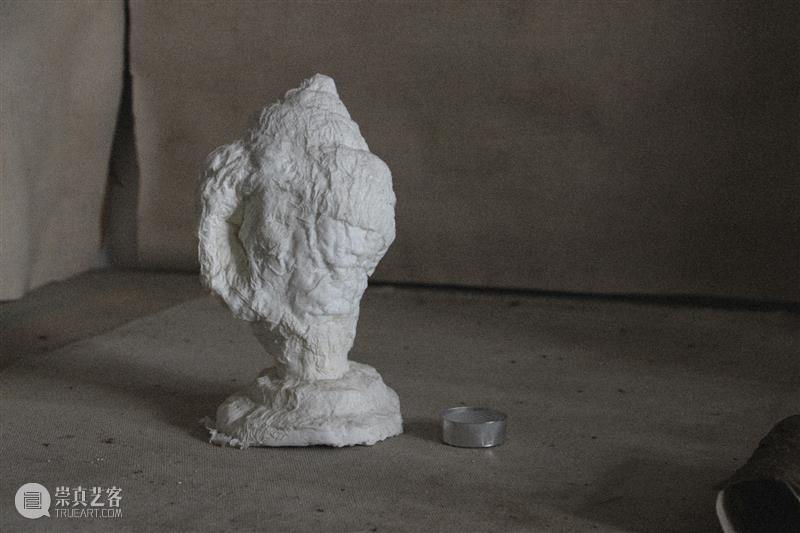

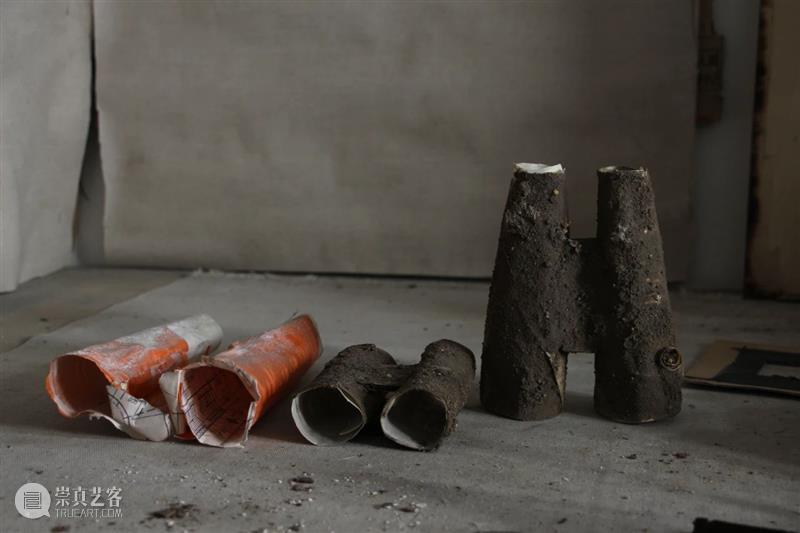
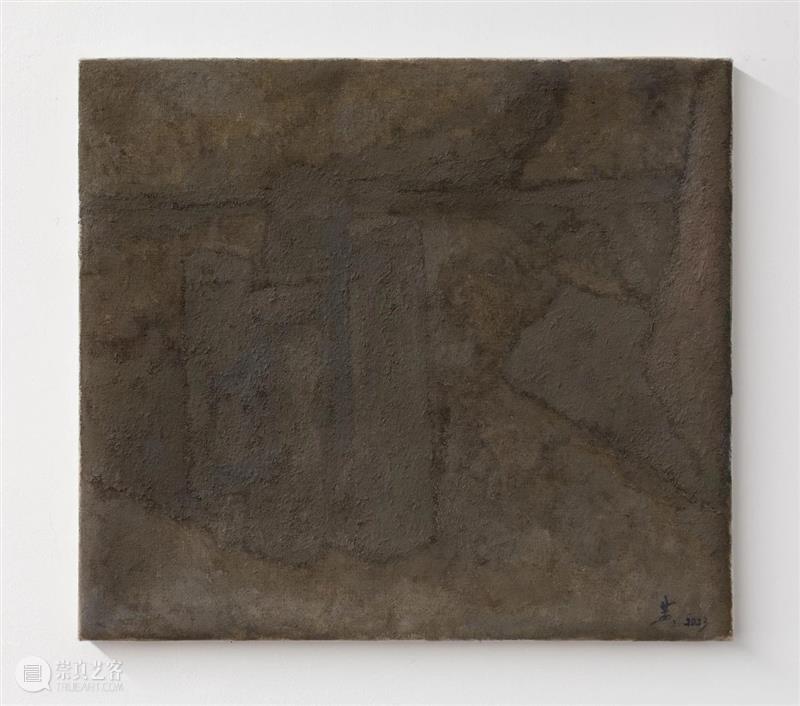
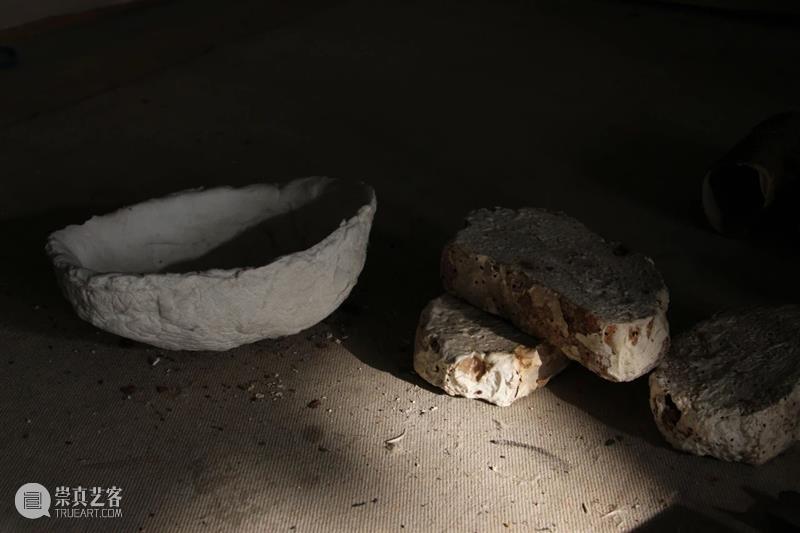
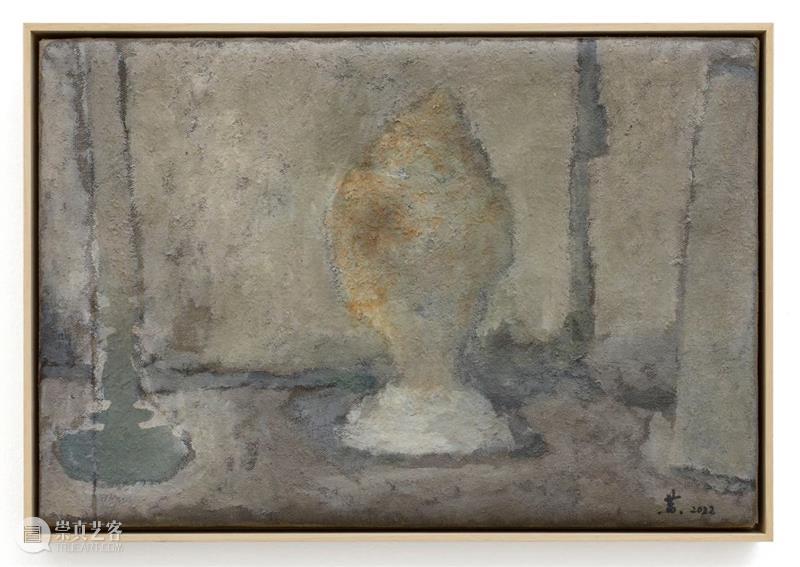



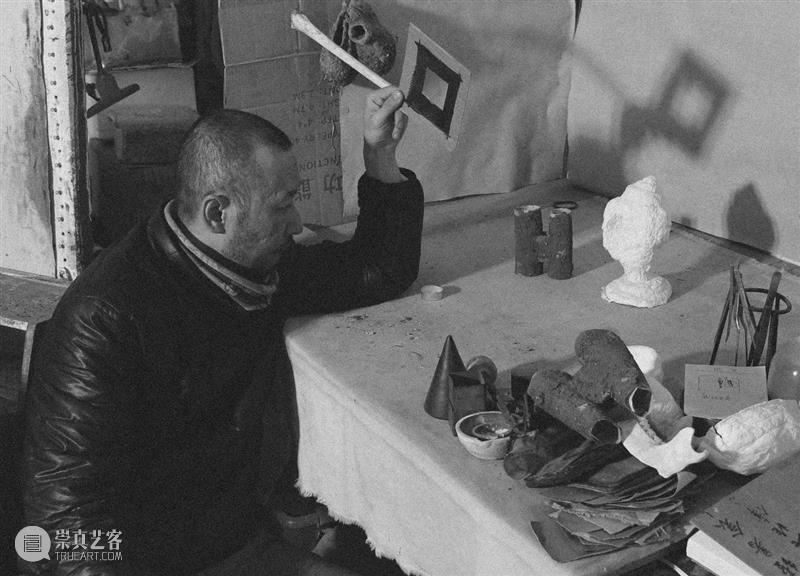


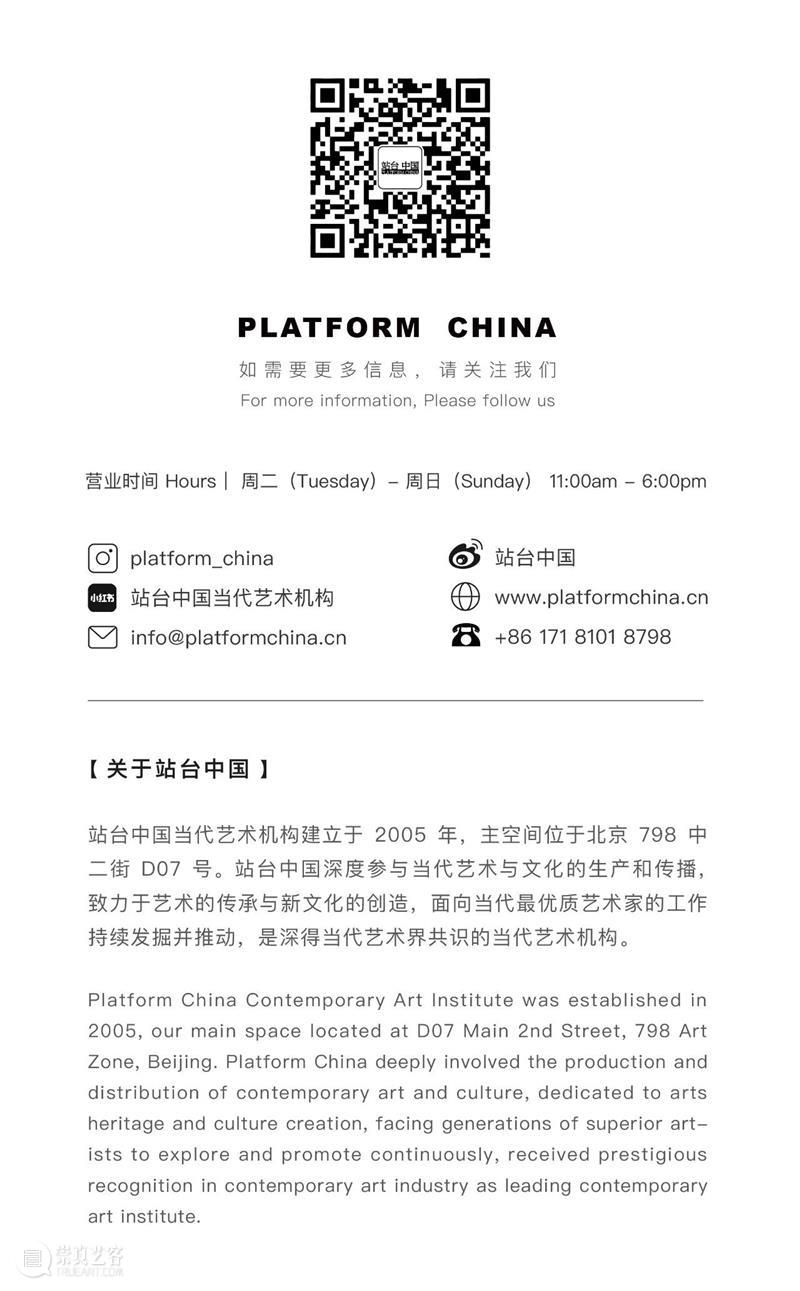







 分享
分享